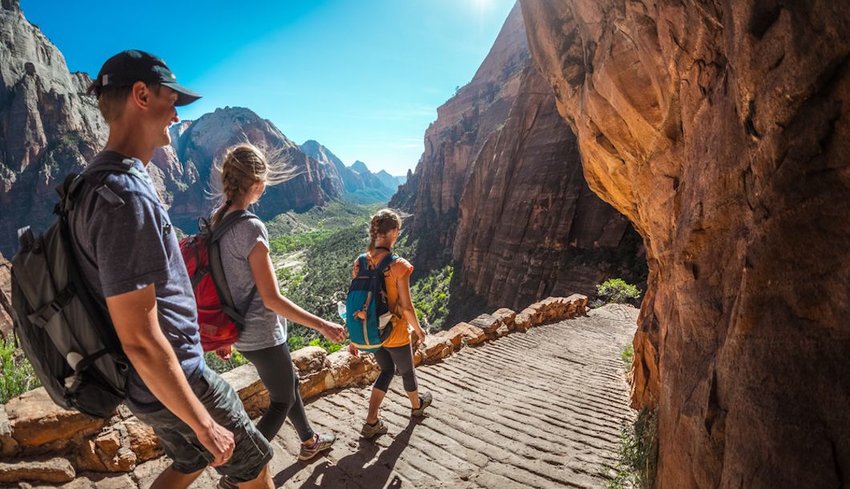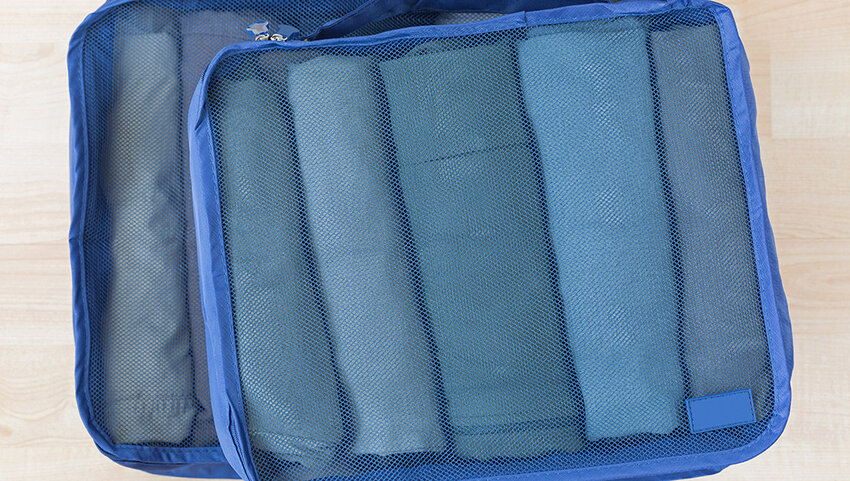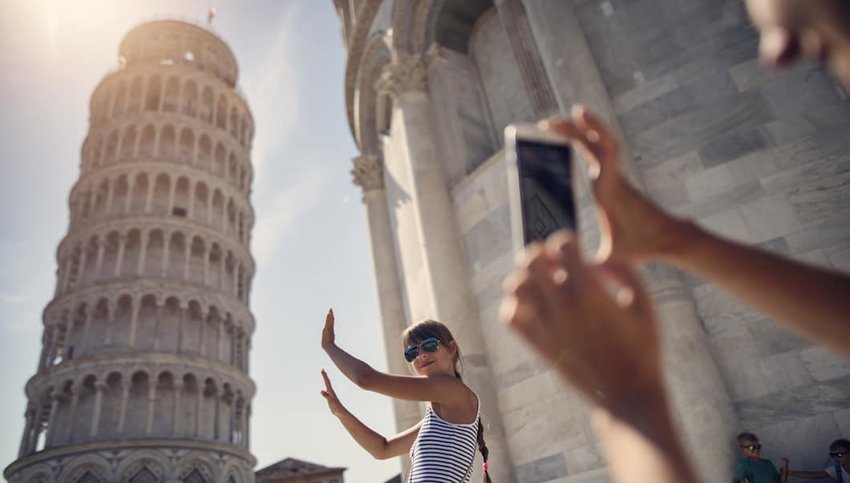A bounty of wildlife, a network of forested hiking trails, and access to sweeping panoramas of majestic peaks — America’s national parks are a natural playground for outdoor enthusiasts. Whether you’re conquering summits, enjoying a picnic in an alpine meadow, or pitching a tent and sleeping under the stars, you share the responsibility of keeping America’s 61 national parks pristine. Learn how to promote land stewardship and safely experience the nation’s stunning wilderness by following both the written and unwritten rules of the Great Outdoors.
Share the Trails

Hikers aren't the only ones traversing the trails. Mountain bikers, trail runners, even horses and mules frequent many of the thoroughfares in national parks. No matter your method of travel, know your right of way and be mindful of signs directing each group. In general, hikers coming uphill have the right of way, so if you're heading down, step to the side to let people up. Bicyclists are asked to yield to hikers and horses, and to be mindful of going too far off the trail where they might trample local plants. Finally, hikers should yield to horses and mules by stepping off the side of the trail.
If you can't remember these rules, just be polite and announce yourself as you come upon other people. A friendly "hello!" or "on your right" will alert others to your presence and help you avoid any collisions.
Keep it Down
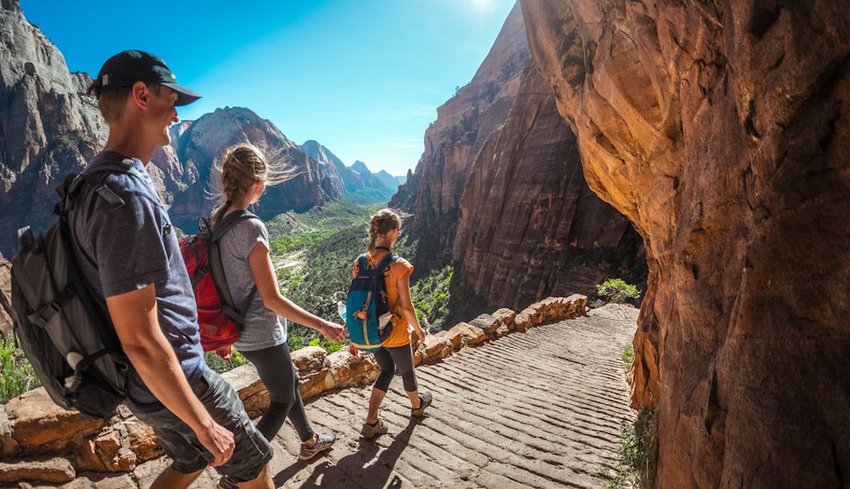
While conquering a tough hike with your favorite tunes blaring from your phone may make the experience more enjoyable for yourself, relish in the sounds of nature instead. By keeping the noise from electronic gadgets to a minimum, other hikers as well as wildlife are given the opportunity to embrace the serenity of the Great Outdoors. Because many animals communicate through sounds to care for their young or defend their territory, the intense beats of the latest Top 40s hit can be disrupting. Similarly, video calling on your phone as you reach the summit of the peak takes away the peace from other outdoor enthusiasts, and is an open invitation for everyone else to bask in your achievement too. Pack a pair of headphones if you must and let nature do it's thing.
Stay on Track
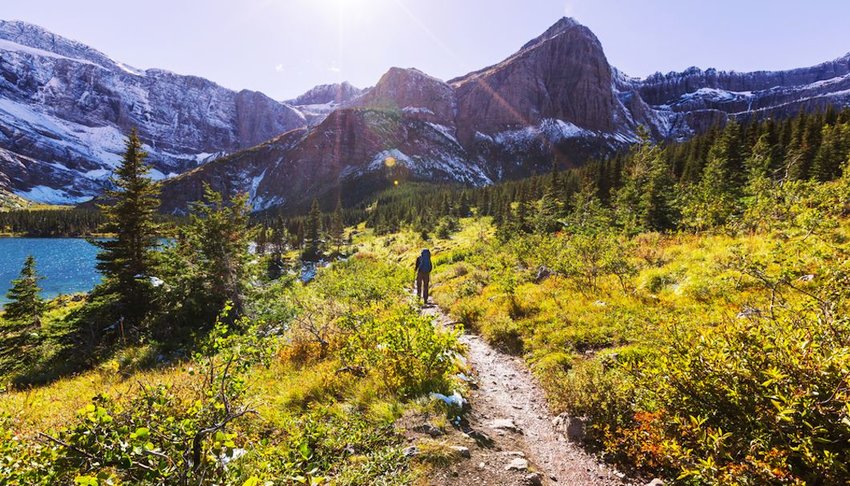
Signs encouraging hikers to remain on trails are posted throughout America’s national parks, but we’ve all veered off path at some point to yield to horses and hikers making their way uphill or to dodge a puddle. If you must step off the path, be mindful of nearby plants or animals, as doing so poses the risk of killing or damaging these delicate species. And please, don't leave the path for the perfect picture. Not only is it harmful to the local ecosystem, but it can be downright dangerous if you venture too close to an unstable area.
Forget Face Time with the Animals
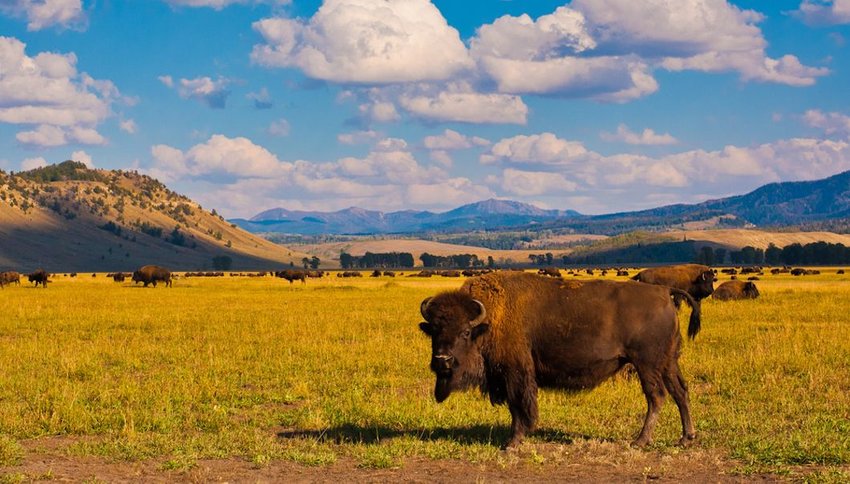
The popularity of social media platforms has sparked a phenomenon of wildlife selfies, saturating Facebook and Instagram feeds with photos of visitors posing next to and feeding them. But animals are generally territorial and have fierce instincts, prompting them to react when visitors get too close. Many wildlife are stressed by the presence of humans and routine interaction between the two can cause the animals to permanently alter their behavior patterns.
While wildlife at the national parks are fascinating, it’s important for visitors to respect their territories by viewing from a safe distance. Turning your back on the bison at Yellowstone National Park and taking these selfies for social media for a purpose other than conservation can send the message that these animals are safe and approachable, prompting others to do the same.
Choose Local Firewood
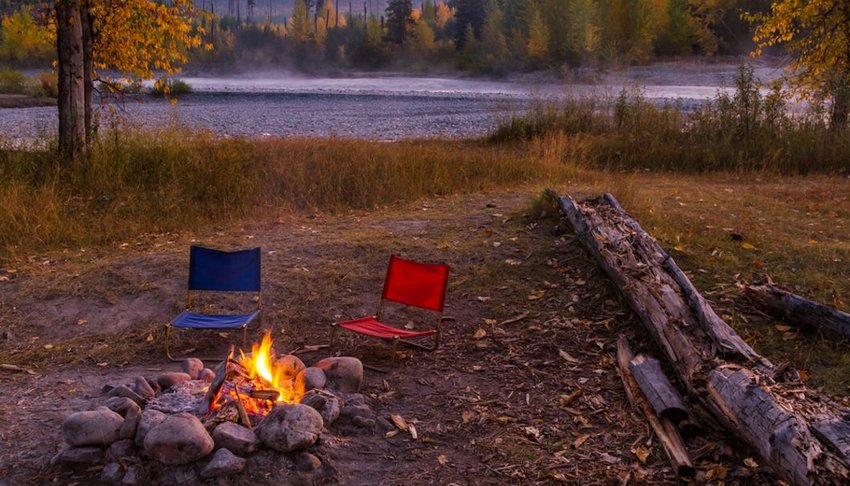
S’mores and steaming mugs of hot cocoa around a cozy campfire after a day on the trails are part of the classic camping experience. But upon entering a national park campsite, many rangers ask whether or not you've transported firewood from elsewhere, and issue a friendly reminder to only use what’s provided on site. As trees are often logged due to disease or damage, sometimes this ends up as firewood that people take camping, potentially transporting invasive species. Any active insects can manifest themselves at the campsite and target areas of particularly weak forest growth. By buying local and certified heat treated firewood, you help control and limit the transport of foreign pests.
Also be sure to check fire restrictions when entering the park. Most parks will have signs posted clearly when fires are banned, but it always helps to check on the website ahead of time to prevent starting an open flame in the middle of the dry season.
Pups on the Trail
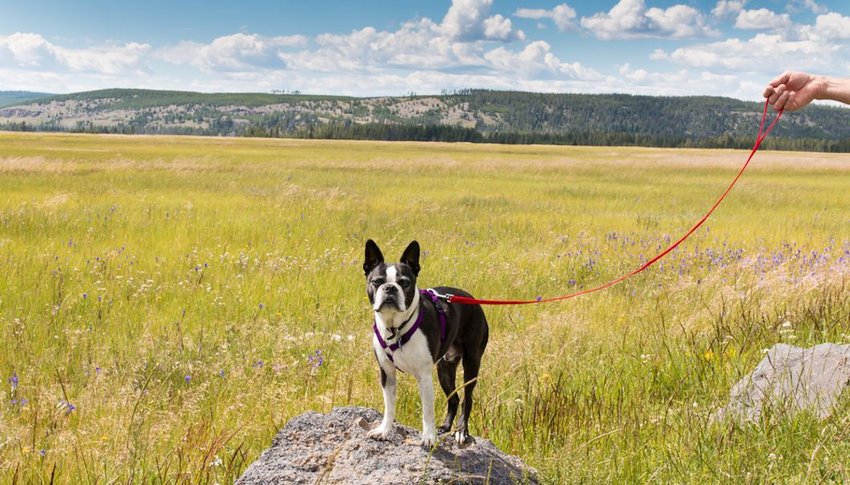
While some trails at national parks are dog friendly, some enforce a strict no dogs policy. And even if your pet is allowed on the journey, it needs to be leashed up to six feet. As our furry friends are natural predators, they can impose stress on wildlife by running loose and chasing after deer and bunnies, leaving the prey with little energy to escape other wild predators. Off-leash dogs on the trail can also trample over or dig up vegetation native to the region, disrupting the delicate balance in the ecosystem by dispersing plant seeds that are potentially invasive.
While national park experiences can be made more enjoyable by watching your pup bound up the wooded trails, double check the regulations at each national park to keep both your dog and wildlife safe. This applies to cats and other pets you might bring along.
Practice Zero Waste and Safe Food Storage
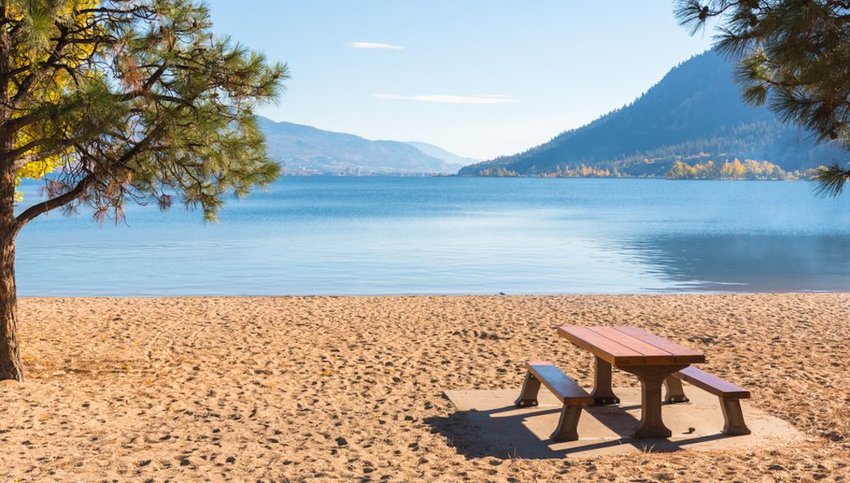
Savvy campers know to store their food inside their hard walled RV, trunk of the car or on-site storage locker in the event that wildlife comes searching for food. Because many animals consider food as anything that emits a scent, leaving your toiletries and cooler out on the picnic table or in your tent puts yourself and animals in danger as they come rummaging through your belongings.
It’s estimated that black bears can detect food from up to 20 miles away as they rely on their heightened sense of smell for survival. Consuming human food will encourage bears to return to the same area where it was found, conditioning them to lose their fear of humans overtime.
Practice leaving a clean picnic area and campsite at the national parks by bringing out what you pack in and securing any food or strong-smelling items in safe spots.

